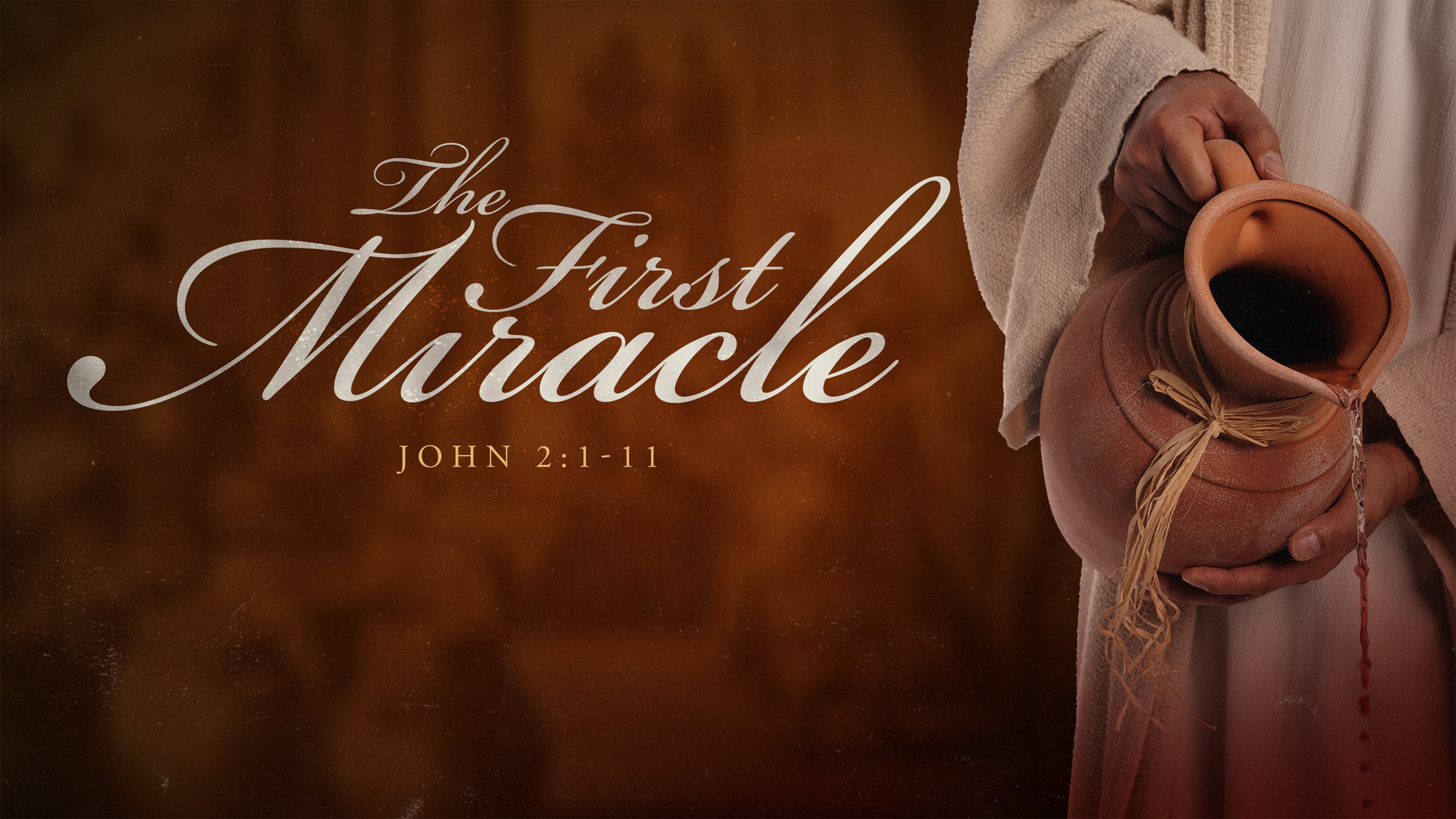 Patients living with sickle cell disease live with many challenges. The presence of sickle hemoglobin leads to sickling of the red blood cells and activation of white blood cells which together block the microcapillaries that bring oxygen to tissues producing bouts of pain, sometimes requiring hospitalization, and damaging many tissues in the body. There is a tremendous unmet medical need facing those whose lives are impacted by this devastating disease.
Patients living with sickle cell disease live with many challenges. The presence of sickle hemoglobin leads to sickling of the red blood cells and activation of white blood cells which together block the microcapillaries that bring oxygen to tissues producing bouts of pain, sometimes requiring hospitalization, and damaging many tissues in the body. There is a tremendous unmet medical need facing those whose lives are impacted by this devastating disease.
Chief Executive Officer of Imara writes in the blog “Hearing the Patient’s Voice,” patients often do not have access to comprehensive medical care, requiring them to float among emergency rooms, internists, GPs, and hematologist-oncologists. As a result of the disease, the absence of safe and effective therapy and holes in medical care, patients are at elevated risk for acute chest syndrome, strokes, chronic pain and death.
 Fifth World AIDS Orphans Day: Tens of “Circles of Hope” are created worldwide by young people to remind governments of the objectives set in 2001, when they signed the United Nations Declaration of Commitment on HIV/AIDS.
Fifth World AIDS Orphans Day: Tens of “Circles of Hope” are created worldwide by young people to remind governments of the objectives set in 2001, when they signed the United Nations Declaration of Commitment on HIV/AIDS.
 Many of us like to have some pictures in our missal or our Bible; this makes it easy for us to find a special text or a reference we often come back to. The pictures may have been there for months, even years and… we do not pay much attention to them any longer. We may not notice anymore what the picture represents, at least many of the details do not retain our attention. They are printed papers…
Many of us like to have some pictures in our missal or our Bible; this makes it easy for us to find a special text or a reference we often come back to. The pictures may have been there for months, even years and… we do not pay much attention to them any longer. We may not notice anymore what the picture represents, at least many of the details do not retain our attention. They are printed papers…

 I can imagine Mary noticing what was happening – a serious shortage of wine for the feast – and making a ‘sign’ to her son, Jesus. Then, THE ‘sign’ followed – that of Jesus, his miracle, changing the water into wine. This part is the one that remains imprinted in our memories, but the previous section is as important: the noticing and the feeling concerned, concerned enough to do something about the situation of need.
I can imagine Mary noticing what was happening – a serious shortage of wine for the feast – and making a ‘sign’ to her son, Jesus. Then, THE ‘sign’ followed – that of Jesus, his miracle, changing the water into wine. This part is the one that remains imprinted in our memories, but the previous section is as important: the noticing and the feeling concerned, concerned enough to do something about the situation of need.